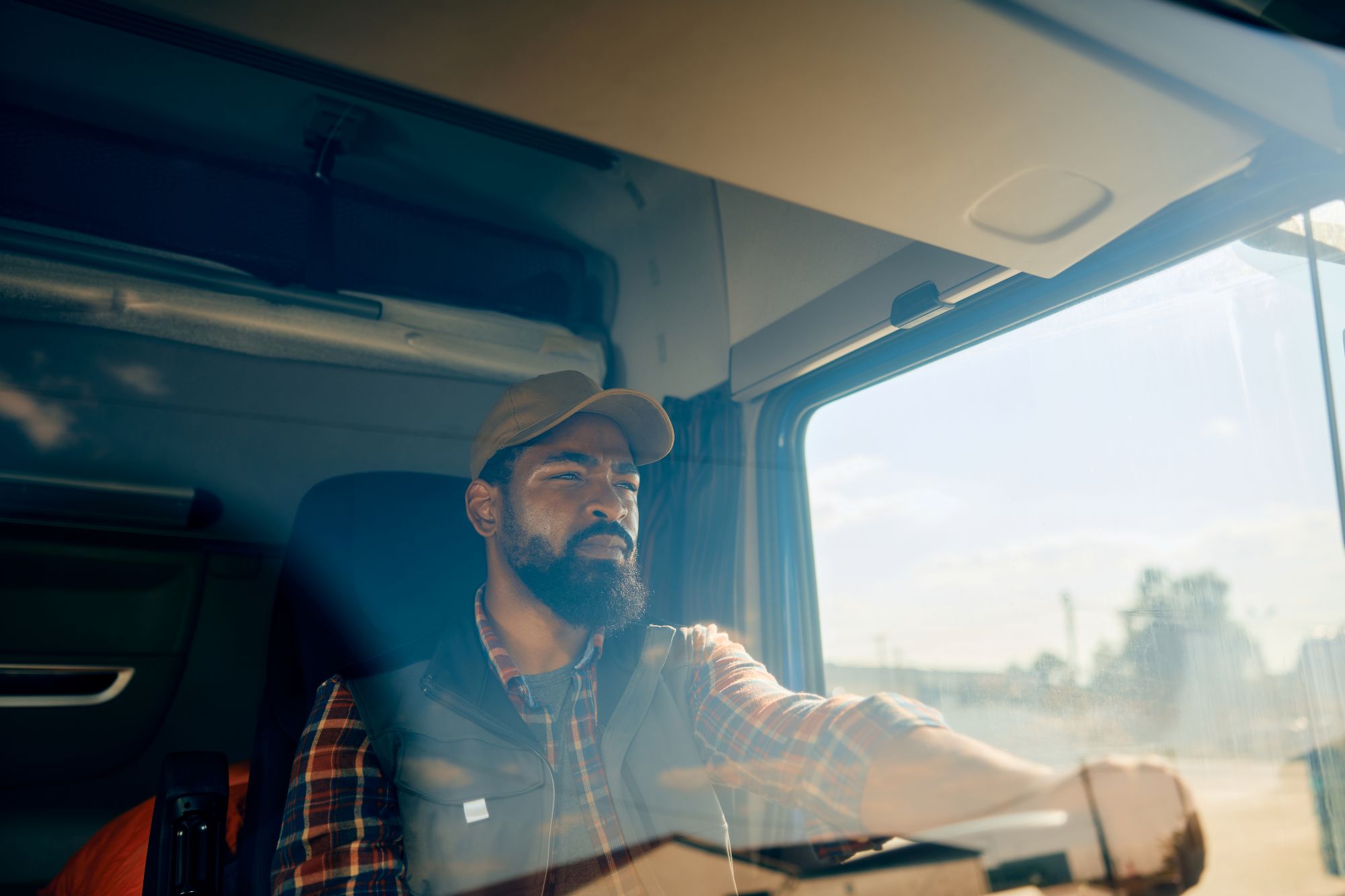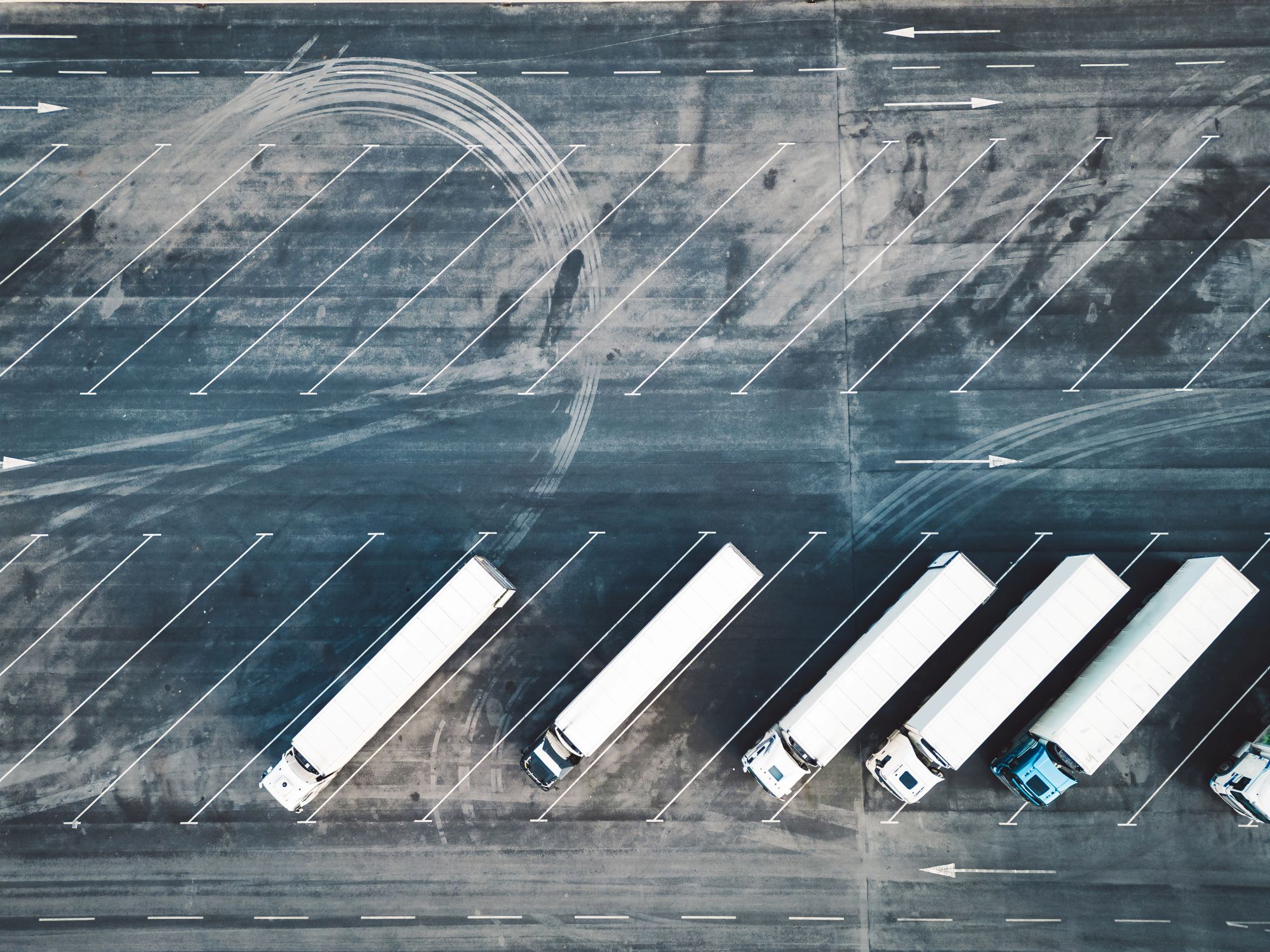
Guest
Low-emission zones in Spain: What fleet operators need to know
Created: 03/10/2025
•
Updated: 08/10/2025
By the end of 2025, 149 Spanish cities – from Madrid and Barcelona to tourist hubs like Valencia, Alicante and Benidorm – will restrict access for high-emission vehicles. For fleet operators, that means new compliance risks, costly upgrades and tighter delivery schedules.
Spain’s low-emission zones (Zonas de Bajas Emisiones, or ZBEs) are part of a wider European push to improve air quality and cut transport emissions. They already operate in major cities across the country and are enforced with fines of up to €200, with rules varying from city to city.
In this guide, we explain how ZBEs work, what vehicle categories are affected and what operators need to do to keep their fleets on the road.
ZBE rules and vehicle categories
ZBEs are being introduced under Spanish law in cities with more than 50,000 residents (and those over 20,000 with particularly poor air quality), in order to improve urban air quality and support EU climate goals.
Access to a ZBE is determined by a vehicle's environmental badge (distintivo ambiental), as issued by the Spanish Directorate-General for Traffic (DGT).
The categories are:
Zero (Blue badge):
Full access
● 100% electric vehicles (BEV)
● Hydrogen fuel cell vehicles (FCEV)
● Plug-in hybrids with at least 40km electric range
Eco (Green/Blue badge):
Generally unrestricted access
● Standard hybrids (HEV)
● Plug-in hybrids with less than 40km electric range
● Gas-fuelled vehicles (CNG/LNG/LPG)
C (Green badge):
Access with some time/area restrictions
● Petrol vehicles: Euro 4/5/6 (typically 2006 onwards)
● Diesel vehicles: Euro 6 (typically 2014 onwards)
B (Yellow badge):
Increasingly restricted, often barred during peak hours
● Petrol vehicles: Euro 3 (typically 2000-2005)
● Diesel vehicles: Euro 4-5 (typically 2006-2013)
No badge:
Generally banned from all ZBEs
● Petrol vehicles below Euro 3 standards
● Diesel vehicles below Euro 4 standards
Petrol vehicles below Euro 3, and diesels below Euro 4 standards, are typically banned from ZBEs, although restrictions vary by city.
It’s important to note that foreign vehicles must register with local city councils before entering a ZBE, even if they meet equivalent Euro standards. Without registration, compliant vehicles may face automatic fines, which has become a common issue for international hauliers operating in Spain.

Areas affected by ZBEs
Madrid and Barcelona have had ZBEs in place for several years, with highly specific rules and large coverage areas. By the end of 2025, the system will expand to cover 149 cities, including smaller towns and tourist destinations such as Benidorm, Valencia, Seville and Alicante.
Some cities are still implementing or gradually enforcing their zones, with transitional periods in place (e.g., warnings until late 2025 in Valencia and Benidorm). Others, such as Málaga, will start to fine non-compliant vehicles from December 2025.
It should be noted that cities may have differing rules, with some allowing non-compliant vehicles for essential services, so it is important to be aware of a specific city’s rules before dispatching a vehicle.
Spain is not alone: more than 320 cities across Europe now operate LEZs, with France’s Crit’Air system, Germany’s Umweltzonen and the UK’s ULEZ among the most established. For cross-border hauliers, this creates a patchwork of rules, stickers and penalties that raise compliance risks and costs.
What fleet operators need to do
You must ensure that your vehicles display the appropriate DGT badge or register if foreign-plated.
Fines for non-compliance are typically set at €200 per violation, although they can vary by municipality. Cities like Madrid and Barcelona have already begun issuing these penalties via automatic number plate recognition (ANPR) systems.
Issues for fleet managers
Fleet renewal and costs
Many logistics companies face hurdles because older diesel trucks are now banned or restricted from cities. In fact, the average age of Spain’s freight fleet is 14 years. This means a significant number of vehicles are non-compliant and must be replaced if hauliers want to enter ZBEs.
Vehicle prices are adding to the pressure: an electric heavy truck can cost three times more than a diesel equivalent, while hydrogen trucks are even pricier.
CETM-Madrid, the Spanish Confederation of Freight Transport, estimates that cumulative outlays for Madrid-based road-freight firms are around €1.3bn and calls for deadline adjustments and more support.
Time compression
Data shows that the changes are having an impact on delivery schedules. A recent survey of businesses in pilot zones found that 36.7% reported longer delivery times and increased shipping costs.
Congestion is also common during restricted delivery windows (8-10am), when many operators compete for access. Around 83% of surveyed businesses also cited a lack of adequate loading/unloading areas as a major contributor to delays.
This “time compression” effect – where deliveries are forced into fewer hours – creates bottlenecks at zone perimeters, raising the likelihood of late arrivals and disrupted supply chains.
Staffing pressures
Schedule disruption extends beyond vehicle routing to workforce management. Barcelona's approach to ZBEs illustrates the challenge: the city offers two-hour night delivery slots (21:00-07:00) to reduce daytime congestion, but Spanish labour agreements state that night-work pay has premiums of approximately 25%.
This creates a difficult choice for fleet operators: accept daytime congestion and delays, or absorb increases in labour costs for night operations.
The environmental benefits of introducing ZBEs
Despite the challenges, ZBEs deliver clear public health gains. Studies of the Madrid Central LEZ recorded significant reductions in nitrogen dioxide (NO₂) within the zone. Broader European research shows soot emissions dropping by up to 47% and ultrafine particles by 56% following LEZ rollouts.
These reductions translate directly into improved air quality, fewer respiratory illnesses and reduced hospital admissions. For urban residents – and drivers spending hours in congested traffic – the health benefits are tangible if inconvenient.
Supporting drivers and operators across Europe
“Low emission zones are here to stay,” comments Raqual Martinez, European Sales Manager at SNAP. “The challenge for our community is adapting without compromising efficiency or driver welfare. At SNAP, we’re committed to supporting fleets in Spain and across Europe, helping them turn regulatory change into operational advantage.”
While we can’t change the LEZ rules, our intruck app makes life on the road simpler. Drivers can use it to find and book secure truck parking and washing, see what facilities are available at each stop, and plan rest breaks that fit tighter delivery windows – whether they’re running into Madrid, skirting Barcelona, or crossing borders on longer routes.
Download the intruck app today for smoother operations across Spain's evolving transport landscape.



